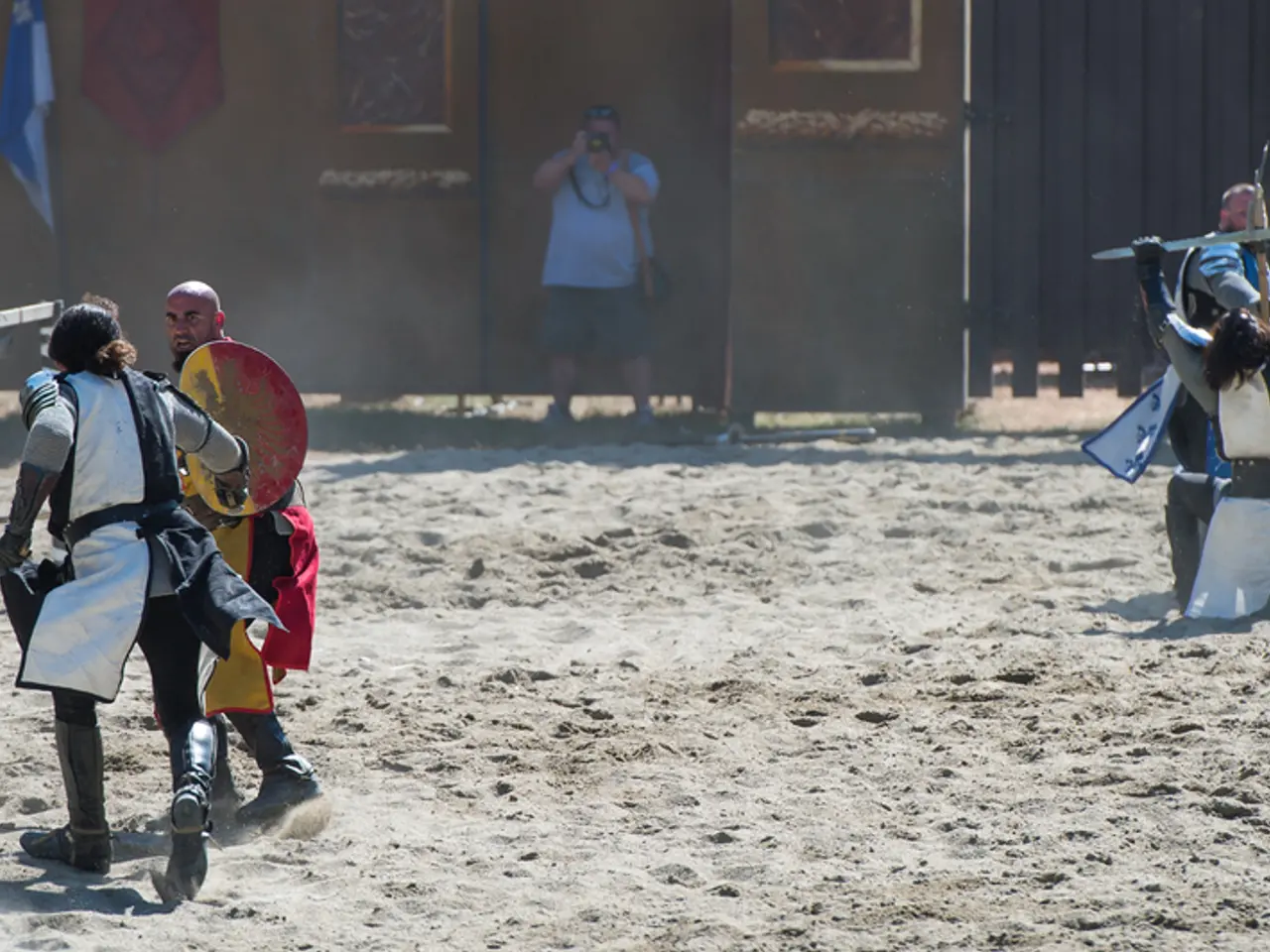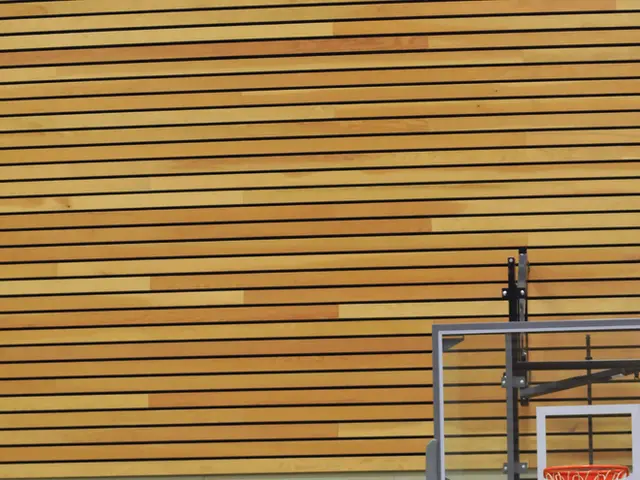Thailand disavows intentions of seizure on temple grounds
Tensions Remain High at Disputed Ta Kwai Temple Border Area
The Ta Kwai Temple border dispute between Thailand and Cambodia continues to be a contentious issue, with both sides maintaining a tense standoff in the region. recent developments have seen the Thai Mine Action Centre (TMAC) and related agencies recovering 384 pieces of ordnance from border areas in the four northeastern provinces between August 1 and 9 [1][5].
The recovered ordnance includes BM-21 rockets, artillery shells, mortar rounds, and other types of explosives, highlighting the ongoing security concerns in the area [1]. In particular, Cambodia is suspected of planting new mines in several locations since border tensions flared on May 28 [1].
Despite the ceasefire agreement reached shortly after the intense clashes from July 24 to 28, 2025, enforcement and compliance remain fragile. Although Thailand has reportedly regained control of some key areas near the temple, the exact status of Ta Kwai Temple itself remains unclear due to the presence of landmines and continued active threats [1][5].
In troop movements and military posture following the ceasefire, Thailand’s Second Army Region has ordered a reduction in foot patrols along the border to minimize risks from anti-personnel landmines, highlighting the ongoing security concerns [5]. Both sides maintain a tense military presence, and trust remains low despite ceasefire talks, as evidenced by continued public confusion over control of the temple and the presence of Cambodian soldiers recorded at the site even after ceasefire calls [1].
Recent allegations have emerged regarding the Ta Kwai Temple, with Cambodia urging the international community to pressure Thailand to honor the ceasefire agreement [1]. The allegation follows media reports that Lt Gen Boonsin Padklang, the commander of the 2nd Army Region, announced plans to seize the Ta Krabei temple, also known as Ta Kwai in Thailand. Lt Gen Boonsin reportedly stated that the temple belongs to Thailand and must be taken back [1].
However, Maj Gen Winthai, the Thai army spokesman, denies these allegations and insists that Lt Gen Boonsin did not order troops to advance towards Cambodian positions around the disputed site [1]. Maj Gen Winthai also criticised Cambodia's use of anti-personnel mines and accused its spokesperson of distorting facts [1].
The situation became more volatile when three Thai soldiers were injured on Saturday after stepping on a PMN-2 landmine near Chong Don Ao-Krisana in Si Sa Ket [1]. This incident further underscores the ongoing risks and dangers in the region, with both sides continuing to navigate the complex and volatile border situation.
In summary, the Ta Kwai Temple area remains disputed, with neither side fully securing the temple grounds due to ongoing combat risks and landmines [1][5]. A ceasefire agreement was reached shortly after late July clashes, but enforcement and compliance remain fragile [1]. Cambodian Special Forces and Thai military units continue a tense standoff with restricted patrols due to landmine dangers [1][5]. Public confusion arose when a Cambodian influencer appeared at Ta Kwai Temple post-ceasefire, challenging perceptions of control on the ground [1].
These points highlight that while active large-scale fighting has decreased following the ceasefire, the situation at Ta Kwai temple is still volatile and closely monitored by both Thailand and Cambodia.
Read also:
- Court petitions to reverse established decision on same-sex marriage legalization
- Trump's enforcement actions in Washington D.C.: Insights from the political arena
- Chinese Ambassador issues stern message to India regarding Trump's tariffs in midst of escalating trade feuds
- Aircraft collides with another one on the runway during landing at Montana airport, igniting flames








